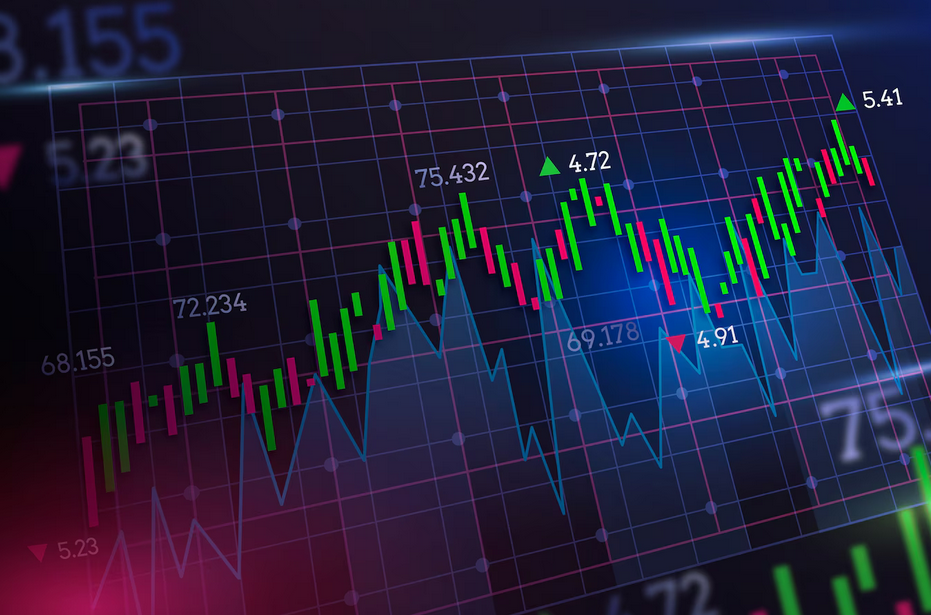In the past few years, the global foreign exchange (FX) market has witnessed a significant rise in corporate activity. From multinational corporations to regional import-export firms, businesses are increasing their reliance on currency markets for a variety of strategic and operational reasons. This surge in corporate foreign exchange demand is not just a trend—it is a reflection of broader shifts in trade dynamics, economic uncertainty, and digital globalization.
1. Globalization and Cross-Border Trade Expansion
One of the primary drivers of increased corporate FX demand is the rapid growth of cross-border business. As companies expand their operations internationally, they must deal with multiple currencies. Whether sourcing materials from China, exporting goods to the EU, or managing offshore service providers, businesses need to buy and sell foreign currencies to operate efficiently.
For example, a Turkish textile company exporting products to Germany will receive euros but may need to convert those funds to Turkish Lira (TRY) to cover local expenses such as salaries and raw materials. In doing so, the company becomes exposed to exchange rate fluctuations, requiring FX risk management tools like hedging or forward contracts.
2. Exchange Rate Volatility and Risk Mitigation
As geopolitical tensions, interest rate changes, and inflation uncertainty increase, currency volatility has become a major concern. Corporations are seeking to protect their margins from unexpected swings in exchange rates. This has driven a surge in demand for FX solutions including spot transactions, swaps, and hedging strategies.
According to recent reports from financial platforms like AktifDoviz.com, Turkish Lira (TRY) has shown increased sensitivity to global financial movements, prompting many local businesses to become more active in the currency markets. These businesses monitor live FX rates daily to make real-time financial decisions and limit potential losses.
3. Digital Platforms and Real-Time FX Access
Technology has revolutionized the way businesses access and interact with the foreign exchange market. Today’s corporate treasurers can monitor live FX rates, execute trades, and manage currency exposure in real time from user-friendly online platforms. This ease of access has made it practical for even small and mid-sized enterprises to participate in the FX market.
Web-based platforms such as Aktif Döviz provide up-to-date currency rates, historical charts, and market news that empower businesses to act quickly. The availability of these tools has led to increased awareness and participation in FX-related financial planning.
4. Supply Chain Diversification
Global disruptions such as the COVID-19 pandemic and regional conflicts have forced companies to diversify their supply chains. This often means dealing with new suppliers in different currency zones. For example, a firm that once relied solely on Euro-based suppliers may now be working with partners in Asia or Eastern Europe, requiring transactions in USD, CNY, or other currencies.
This diversification not only affects procurement but also logistics, insurance, and vendor payments—all of which may involve FX considerations. As a result, the need for active currency management becomes a strategic priority rather than a back-office function.
5. Foreign Investment and Overseas Expansion
Many corporations are seeking growth beyond their domestic markets. This includes opening subsidiaries, acquiring foreign firms, or investing in overseas infrastructure. All of these activities require foreign currency transactions, whether for initial capital transfer, recurring expenses, or repatriating profits.
In Turkey, for instance, companies expanding into the Gulf, Europe, or Central Asia must navigate multi-currency environments. The ability to forecast, secure, and optimize FX rates becomes critical to their success in these markets.
6. Regulatory Compliance and Reporting
With increasing financial regulations worldwide, businesses are required to maintain detailed records of their foreign exchange activities. This includes accurate reporting of FX gains and losses, which impacts both financial statements and tax obligations. Corporate treasurers must work closely with accountants and legal advisors to ensure compliance—another reason for their deeper involvement in FX markets.
7. Rising Use of Hedging Instruments
Corporations are becoming more sophisticated in their approach to managing FX exposure. Beyond basic conversions, many are now using hedging instruments such as options, forwards, and swaps to protect themselves from adverse currency movements. Financial literacy around these instruments is growing, supported by fintech education and digital analytics tools.
By locking in favorable rates or limiting downside risk, businesses can better predict their cash flows and operating margins, making FX management an integral part of their long-term strategy.
Conclusion: FX Is Now a Core Business Function
The days when foreign exchange was treated as a secondary concern are long gone. In 2025, FX is a critical function for companies of all sizes. Whether managing supply chains, expanding abroad, or protecting against market volatility, businesses must actively engage with the FX market to remain competitive.
As corporate demand for foreign exchange continues to rise, platforms like AktifDoviz.com are becoming essential resources—providing real-time data, insights, and tools to help companies make smart financial decisions in a globalized world.


